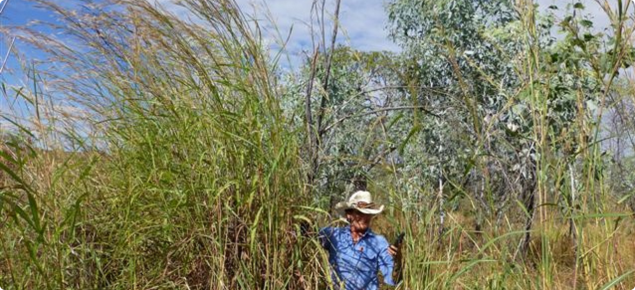Responding to incursions of invasive species not known to be present in Western Australia is the highest priority for the Department of Agriculture and Food, Western Australia's (DAFWA) Invasive Species Program.
For declared plant species known to be present in WA, a high priority list was developed through expert panels and economic analysis.
For further details, refer to the Invasive Species Position Statement No. 3 – Priority Declared Species – Agricultural Impact, which can be downloaded from this page.
| Priority Number | Declared Plant Species |
|---|---|
| 1 | Gamba grass |
| 2 | Rubber Vine Cryptostegia grandiflora |
| 3 | Mesquites Prosopis glandulosa x velutina, P. glandulosa and P. pallida |
| 4 | Skeleton weed Chondrilla juncea |
| 5 | Hoary Cress Lepidium draba |
| 6 | Mimosa |
| 7 | Devil’s rope cactus |
| 8 | Hudson pear Cylindropuntia pallida (previously known as Cylindropuntia rosea) |
| 9 | Coral cactus |
| 10 | Three-horned bedstraw |
| 11 | Prickly pear |
| 12 | Prickly acacia |
| 13 | Two-leaf cape tulip |
| 14 | Cane or Snake cactus Austrocylindropuntia cylindrica |
| 15 | Saffron thistle |
Note: these are DAFWA's high priority response targets. They differ from DAFWA's high priority community surveillance targets for the South West Land Division. For further details on community surveillance targets refer to Agricultural weed surveillance project: Royalties for Regions.

